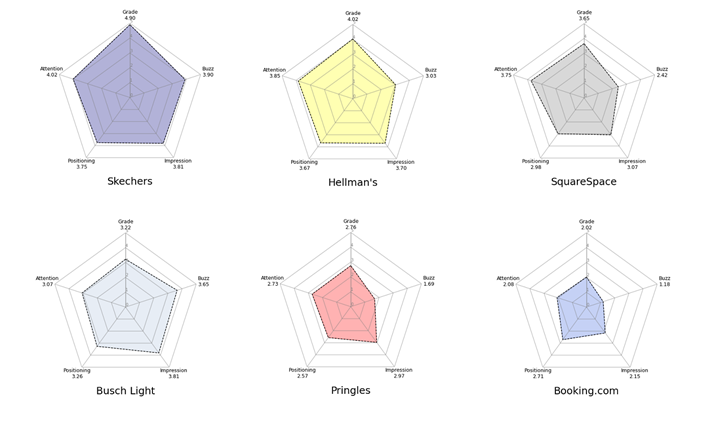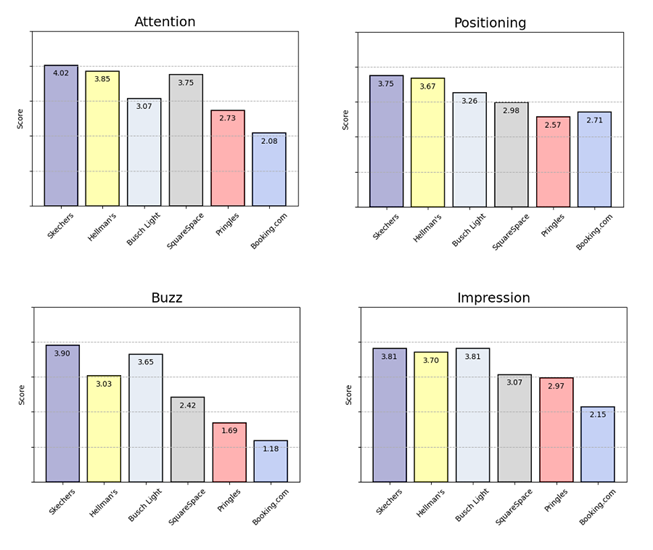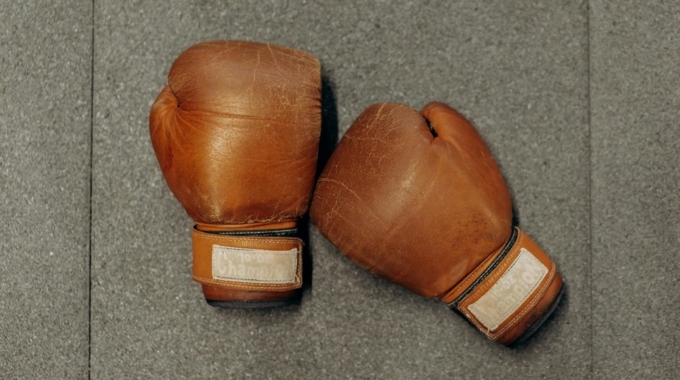
There were a lot of reasons for viewers to tune into the Super Bowl on Sunday, not least of which was a potentially great matchup between the two top-seeded teams, featuring two of the league’s most exciting quarterbacks on center stage. But for a significant number of viewers, there was another reason to tune in to the big game: the annual roll-out of Super Bowl commercials.
The Super Bowl presents advertisers with a rare and unique opportunity to reach a huge audience of viewers all at once. At a time when cord-cutting and on-demand streaming continue to splinter viewership into smaller and smaller-sized groups, live sports remains one of the few opportunities for brands to reach a massive audience. As a result, advertisers pull out all the stops for their big game commercials.
Advertising during the Super Bowl carries with it no small amount of peril. Booking the scarce advertising space on the telecast is itself incredibly expensive. Factor in production costs and compensation to any celebrities or movie stars who may appear in the ad and you’ve got a very hefty investment. And if the commercial is a flop, tens of millions will have seen it, potentially bringing negative publicity to a brand name.
Unanimous AI’s Swarm AI technology can help reduce that risk. Focus groups that advertisers may pre-screen their expensive commercials with are often flawed and expensive and may not capture actionable consumer insights. Swarm AI provides useful insights at a fraction of the cost of traditional focus testing, with far more flexibility for businesses seeking to understand the motivations of existing and potential customers.
Late last week a panel of casual football fans screened six 30-second commercials from yesterday’s Super Bowl, participating on Unanimous AI’s Swarm platform. Swarm allows groups to join together to make decisions, conduct forecasts, and offer insights that are powered by Swarm AI technology.
This year’s panel watched commercials from advertisers in a wide variety of consumer sectors, rating each commercial on some of the same criteria used in Northwestern University’s Kellogg School of Management ADPLAN rating system. For each 30-second ad viewed by the group, they assigned ratings based on how well the spot attracted attention, how well it positioned each brand, how favorable an impression it left of the advertiser, and also the potential “buzz” created by the commercial – that is, how much discussion each ad would engender after it aired. Finally, the participants worked as a group to assign grades for each of the big game commercials. Here is a summary.

The Swarm Insight Analytics Portal allows us to express these assessments graphically as well. This gives marketers a clear visual picture of how each ad is rated. Here is the same set of assessments shown graphically.

Our proprietary Segmented Attribute Profiles present the same data by ad attribute, showing how the six ads compare by AI-optimized sentiment.

Our panel of consumers were generally positive about this year’s crop of Super Bowl commercials. They saved their most effusive praise for Snoop Dogg’s Skecher’s spot, with many participants noting simply that Snoop is fun and likable in ways that seem to cut across demographics for age and gender. The group also had high praise for Hellman’s “Brie & Hamm” ad, remarking on the clever way the commercial used its celebrity cameos.
The commercial that scored the lowest was Booking.com’s “Somewhere/Anywhere” spot. Although no one on the panel seemed to dislike it with any intensity, most of the participants found it to be a fairly bland advertisement. One panelist remarked that this commercial didn’t seem to have the special “something” that good big game commercials typically have. Other panelists agreed, noting that it felt like a commercial that could have aired any time during the year.




